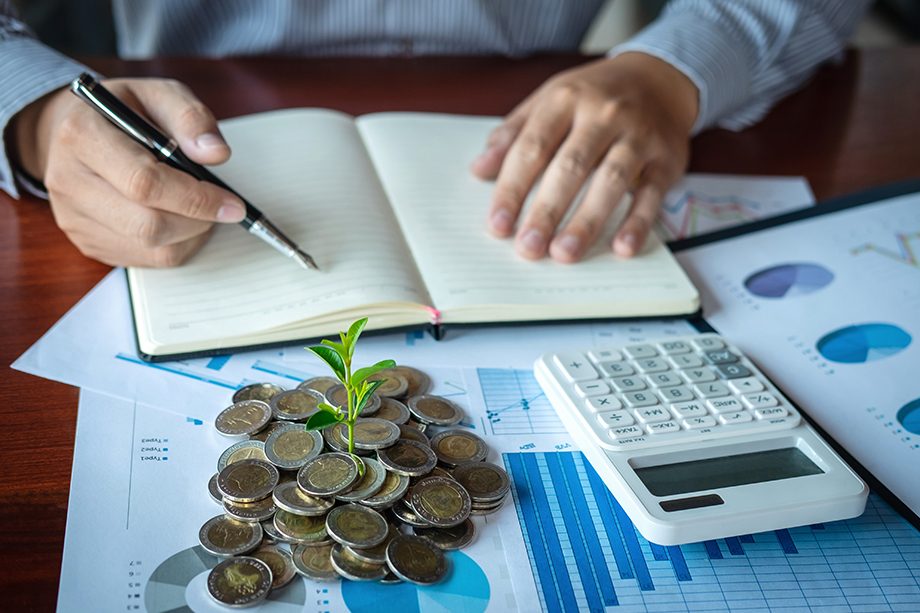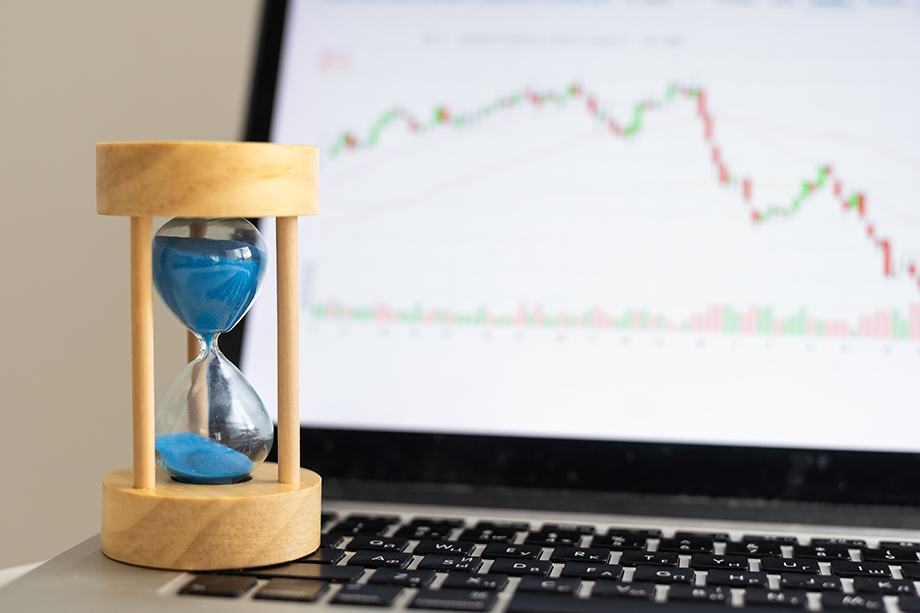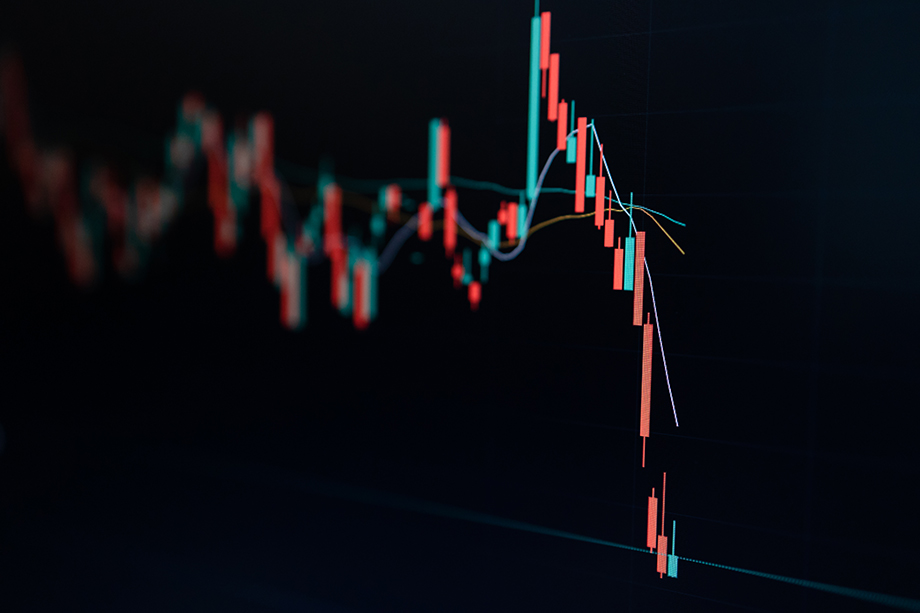Here’s a bold statement that might spin your head a little: price doesn’t matter. You are probably thinking that’s crazy. Who says “Price doesn’t matter”?
It may seem like a blanket statement but, when investing, price really doesn’t matter. Or at least it certainly doesn’t matter as much as so many other factors. view. This is hard for a lot of people to understand because it takes a big shift in mindset from the left side of the CASHFLOW Quadrant, the Employee and Self-Employed side, to the right side of the CASHFLOW Quadrant, the Investor and Business side.
Robert Kiyosaki often explains how the people in each quadrant think differently. For most of us it takes time to go from the employee mindset to the investor mindset. Consider this blog as an opportunity to begin to change your context.
Error: Campaign not found.
Professional investors invest for value
Let’s start with a simple framing, a way to look at the world in a different way than you may have before. The most important thing is value, not price. It’s a simple statement, but has profound implications for the way you invest, and frankly, for how you view the world.
Simply defined, value is what you receive. Price is what you pay. The reason why fundamental investing is so important is because someone who is adept at fundamental analysis might be able to find tremendous value hidden in the financials and market analysis of a company that makes the “high” price worth it. Conversely, something that is “cheap” might still be an expensive lesson if the value is much lower than the “cheap” price.
Professional investors look at the value of an investment vs. the price of an investment when making a decision whether or not to invest.
What do value investors vs. consumers look at?
When it comes to accepting that price does not matter there are two different scenarios. Scenario number one: Robert buys gold and silver. Just the other day he bought more gold. When he is asked what price he bought it at, he says, “I don’t care. The price doesn’t matter.”
Robert doesn’t care what the price of gold is because he is hedging. The value of the investment for him is the ability it gives him to hedge against inflation. He knows that price will always go up and down, but gold and silver will still retain their inherent value. He doesn’t care about the price of gold or silver because he’s not buying it to make money. He’s not buying it as an investment. He’s buying it to protect himself from the destruction of the dollar. He’s buying it as insurance. That is its value.
Let’s get into scenario number two: People consume. As they consume, they are obsessed with price. Let’s say we are browsing in Nordstrom and we see someone pick up a pair of blue jeans. The clerk will come and over and ask if they can help them. Usually, the first thing out of the customer’s mouth is, “How much are these jeans?” Then the customer makes a judgment based on the price.
Now, let’s say someone comes to you and says, “I have a deal. If you want to invest with me and get in on the deal, you’ll need to pay a million dollars.” Right there, you are probably making a judgment whether that’s a lot of money or little money.
We all make judgments. Generally, we have the consumer mindset, that context of consumer price, where high prices are bad, and low prices are good. That’s the way consumers think about it.
Value investors do not think that way. They think about what we call return. To an investor, price doesn’t matter. Return on investment (ROI) matters, which is another way to say value. To an investor it really doesn’t matter if it’s a million-dollar investment. If it’s going to make that investor two million, then that is a good value for the price. It would be the same if it were one billion dollars. If you were getting two billion dollars in return, the price would not be “high”. It would be a good value.
Conversely, even if an investment only cost one dollar to get in on, if it makes no money, it is a bad investment. It is not a “low” price if you don’t get any value in return. In this scenario, one dollar is a very high price to pay because you lose it and get nothing in return.
Value is future looking
A simple definition for value is this:
Current production + potential = value
When doing a fundamental analysis of a company, you take into account not just what is happening today but also what the potential for earnings and growth are in the future. This is where understanding how to read trends in financial statements and markets is so important.
It’s not that you have a crystal ball and can see the future, but you can make an educated judgment on how successful a business might be in the future based on past and current performance, as well as the market conditions in which that performance is achieved. You can then assign a value to that, and it is that value that will tell you whether the price is worth it.
Error: Campaign not found.
Price is not an indicator of value
Can you see how price means nothing when it comes to value, and return on investment is everything to the investor? If someone says, “Here’s a deal and it’s a $10,000 investment,” you don’t know whether that is a high price or a low price. You have no information on whether it’s a good or a poor investment.
The price has no power to tell you the value of the investment or whether it would be good, bad, or ugly. It is completely meaningless because you need to know the return on the investment. That is how the investor thinks.
A simple equation of price is:
Price = what you pay
Seems simple right? Maybe too simple. But the reality is that price is an output of supply and demand. Value investors know how to ride the waves of supply and demand, the ups and downs of pricing, in order to get assets with great prices at relatively low pricing.
In fact, this is how one of the most successful investors of all time invests, Warren Buffett. As Investopedia says, “Buffett follows the Benjamin Graham school of value investing. Value investors look for securities with prices that are unjustifiably low based on their intrinsic worth. There isn’t a universally accepted way to determine intrinsic worth, but it’s most often estimated by analyzing a company’s fundamentals. Like bargain hunters, the value investor searches for stocks that they believe are undervalued by the market, or stocks that are valuable but not recognized by the majority of other buyers.”
Amateur investors get fixated on price instead of value
An amateur investor gets too fixated on price. If someone comes to an amateur investor and says, “My deal is a hundred thousand dollars,” the amateur might say that that is too much money. But they have just lost out on a great opportunity that could have doubled his or her money simply because he or she was too afraid of a “big” price. Price, by itself, cannot tell us anything. It is meaningless.
An example of how price doesn’t matter
Let’s take this to the next level, and use an example to demonstrate what this post has been talking about.
Say you’re buying a share of ABC, Inc. stock for $200,000 per share. Is that a good price or a bad price? As you’ve probably already guessed, the answer is we don’t know yet. We still have to do some analysis.
To keep it simple, let’s look at current earnings to determine the value of the stock. In this case, the earnings are $10,000. The simple calculation for determining the value, in this case, ROI of the investment, is:
What you get / what you pay = ROI
In this case, you get $10,000 in earnings divided by what you pay, which is $200,000. That is a 5% return. Honestly, not a great value.
Another way to measure this, which is a common way to assess value in a stock, is to divide the price by the earnings to determine the Price earnings ratio, or PE. In this case it’s 20, which, depending on the industry, might be quite average.
So in this case the value of the investment isn’t that great, which means the price is high.
Now change the earnings, and you get a different story about the price. Say ABC, Inc. is actually making $30,000. By the same calculations, the ROI is now 15% and the PE is now 6, which would be a great deal in pretty much any industry. Now the price of $200,000 seems quite low.
When a good value isn’t such a good value
In the scenario above, you must also look forward. A P/E of 6 might seem like a screaming deal, but if your fundamental analysis shows that the company’s earnings have been going down for many quarters and the market is waning, it might be a trap. There was most likely a time when you could have bought Blockbuster stock for a low P/E. At the same time, Netflix stock was probably a higher P/E. In hindsight, we know which was the better value.
The highest value investment is the money machine
Finally, let’s take a look at the highest value investment. Let’s say someone sold you a Jack-in-the-box for $100. You could turn the crank once a month and instead of a clown popping out it opened up and a one-hundred-dollar bill popped out.
You know that every month, on the first day of the month, you can get out your Jack-in-the-box, play the little song and a new, a hundred-dollar bill would come out. You get it for the rest of your life.
Even though you paid $100 for it, after the first month it’s as if you got it for free. In other words, if it pays for itself. That is the power of cash flow.
Price doesn’t matter. If it cash flows, it is only a matter of time before it pays for itself. It’s really more about time than price. The real question you should be asking is, how long does it take to pay for itself?
Error: Campaign not found.
That’s the question. Price doesn’t tell you anything. Let’s bring this into the world of stocks. Through the process of investing for dividends and using options, you can own a stock free and clear. It just takes time and knowledge.
The best part is you still get the dividend, even though you paid for the stock through your investing activity. As long as it continues to play the dividend, it’s like having that Jack-in-the-box that pops out money…forever. In this scenario, the price doesn’t matter. You now have the most valuable thing in the world, a money machine. If you had that Jack-in-the-box, would you ever sell it?
Anyway you look at it. The price doesn’t matter. It is the return on investment—the value of an investment—that matters. It’s what you get that matters. You pay the price once. You get the benefit of profit for the rest of your life.





